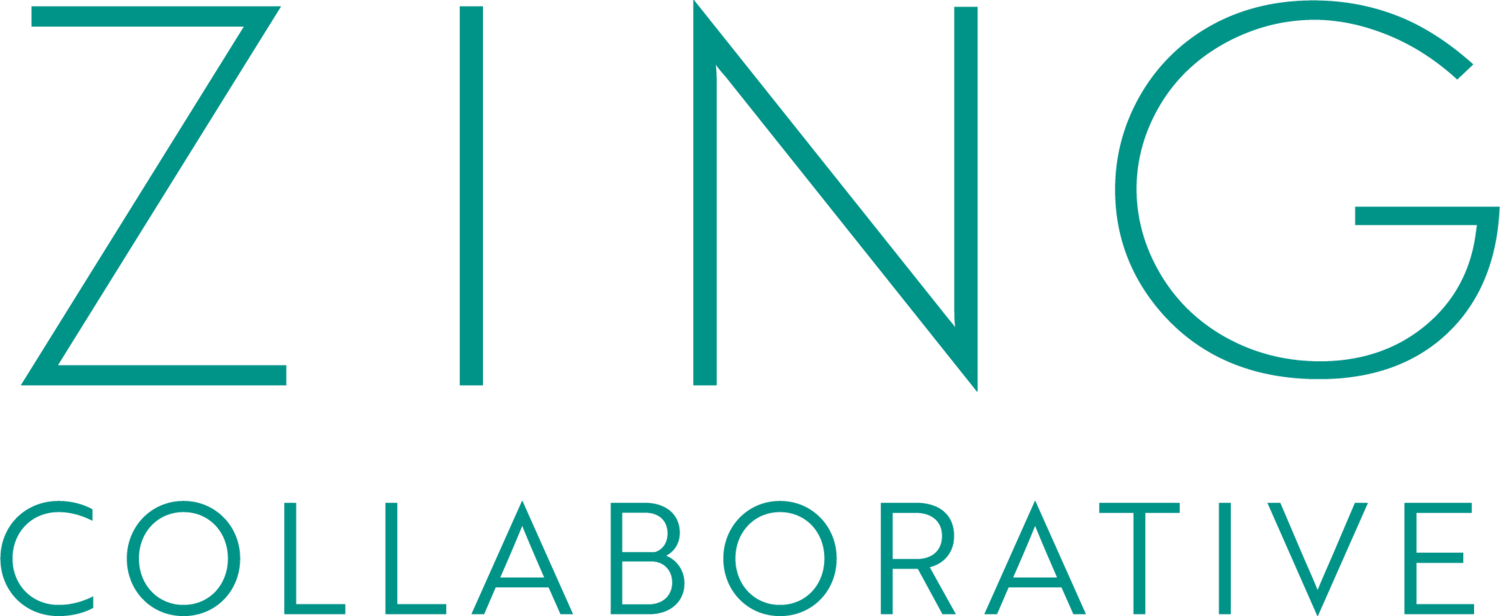GETTING OFF THE DRAMA TRIANGLE
Where is your favorite place to go during times of conflict? According to Stephan Karpman, most of us like to go to one of three corners of what he calls the Drama Triangle: the persecutor, the victim*, and the rescuer.
The Victim’s stance is “poor me!” You might know a victim at work who is constantly complaining about something - whether their pay, their manager, or the food in the cafeteria. They might say things like “it’s just not fair,” or “there’s nothing I can do.” You might know a victim in your personal life who is continuously getting herself into one toxic relationship after another - needing constant help and console from those around her; or a loved one who seems to actively create toxic and destructive situations for himself, keeping him stuck in victim mentality.
The Rescuer is the favorite section of the triangle in my circles. I work with high performing, high achieving people - and sometimes, in our quest to help others be high performing and high achieving, we go a bit too far, into the land of rescuing. While healthy support looks like empowerment, rescuing can look like enabling those who are stuck in victim mode. Rescuers stance is “let me help you.” Rescuers often feel obligated to expend unhealthy amounts of time and energy to help the victims around them, and guilty if they don’t. In families, this often looks like one family member trying to “save” another family member - whether from destructive behavior, or from debt. In organizations, this might mean working so hard to try to improve your organizational culture that you take on issues that aren’t actually yours to own, ultimately burning out or leaving in a flame of frustration. Oftentimes rescuers take on the role of martyr and focus their energy and attention externally, as a way to avoid looking inward at their own feelings, emotions, and anxieties.
Finally, The Persecutor (aka The Villain) has a mindset that “it’s all your fault.” They are controlling, blaming, critical, oppressive, angry, authoritative, rigid, and superior. I find that in especially toxic situations, a person might alternate between the persecutor (blaming others and avoiding ownership and accountability) and the victim (especially if others suggest the possibility of ownership or accountability). In the eyes of the victim, the persecutor can also take the form of events or situations (a company or organization, a health condition, or even the weather).
Oftentimes, a relationship of enabling and codependency arises between a victim and a rescuer who, through their default behaviors, keep each other stuck in this destructive pattern.
Ideally, we are not spending our time in any of these three corners of the triangle and can get off of the triangle altogether. Our opportunity, as we are exploring how to be more skillful in navigating conflict, is to recognize when we might be playing a part in the drama triangle. From there, we can consciously work to get off the triangle and then create something different.
Here are a few ways that we can do that.
Notice when we find ourselves on the Drama Triangle. Ask ourselves: what role am I currently playing?
Zoom up from our individual corner (victim, persecutor, or rescuer) to observe: what’s happening in this situation overall? What is needed?
Look at things from a systems perspective. Outside of the individual people or situations involved, what does the system need? For example, in a family where each member often defaults into certain roles to perpetuate a toxic situation, what is truly needed in the family system? Is it more honest dialogue? Healthier boundaries? More tough love?
Notice your patterns. Which corner is your default? And what is the root of your tendency to go there? For example, if you have rescuer tendencies, what might be leading you to that corner? Is it a need to feel validated? A longing to feel appreciated? Or the avoidance of feelings within yourself?
Oftentimes turning the mirror toward ourselves can be uncomfortable, but it’s what allows us to uncover the root of our behaviors so that we can change them and create something different.
*It was pointed out to me by someone who works with trauma victims that the use of the word victim here can be problematic. I am keeping it in this post in order to maintain the integrity of Karpman’s model and work, but also want to acknowledge this potentially problematic language. Thank you to the individual who brought forth this perspective!

